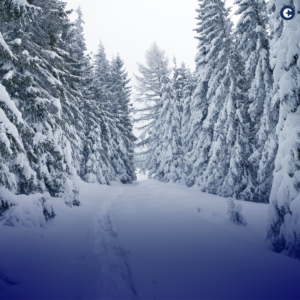Introduction The December Solstice, occurring annually around December 21st, is a significant astronomical event that marks the shortest day and longest night in the Northern Hemisphere and vice versa in the Southern Hemisphere. This solstice not only signifies an important shift in our planet’s journey around the sun but also holds cultural, historical, and spiritual significance for many people worldwide.
Astronomical Significance From an astronomical perspective, the December Solstice occurs when the sun is at its southernmost point in the sky. This happens when the Earth’s tilted axis is angled furthest away from the sun, leading to the shortest day and longest night of the year in the Northern Hemisphere. Conversely, it heralds the start of summer in the Southern Hemisphere, bringing the longest day and shortest night.

Cultural and Historical Celebrations Throughout history, the December Solstice has been marked by various cultural and spiritual observances. Ancient civilizations often celebrated this time as a period of rebirth and renewal. For instance, the Romans celebrated Saturnalia, a festival honoring Saturn, the god of agriculture. In Scandinavia, the Norse celebrated Yule, a festival that has influenced many modern-day Christmas traditions. Today, the solstice is still a time of festivity and reflection, with customs and celebrations varying across different cultures and regions.
Scientific and Environmental Perspectives The solstice is not only a time for cultural celebration but also serves as a reminder of our planet’s intricate relationship with the sun. It highlights the importance of the Earth’s tilt and orbit in creating the seasons. Environmentalists often use this time to draw attention to the Earth’s natural cycles and the need for sustainable living practices.
Solstice Traditions Around the World In different parts of the world, the December Solstice is celebrated in unique ways. In the UK, people gather at Stonehenge to watch the sunrise align with the stones. In Japan, the solstice is marked with a tradition of taking hot baths with yuzu citrus fruits to welcome health in the coming year. In Peru, the Inti Raymi festival, originally an Incan sun festival, coincides with the solstice period.

Conclusion The December Solstice is a time of astronomical wonder, cultural richness, and spiritual reflection. It reminds us of our connection to the natural world and the rhythm of the cosmos. Whether it’s through participating in traditional festivities, observing the night sky, or simply taking a moment to reflect on the year’s end, the solstice offers a unique opportunity to celebrate and contemplate the passage of time.
For more follow us on Instagram, Facebook, Twitter, & LinkedIn.



